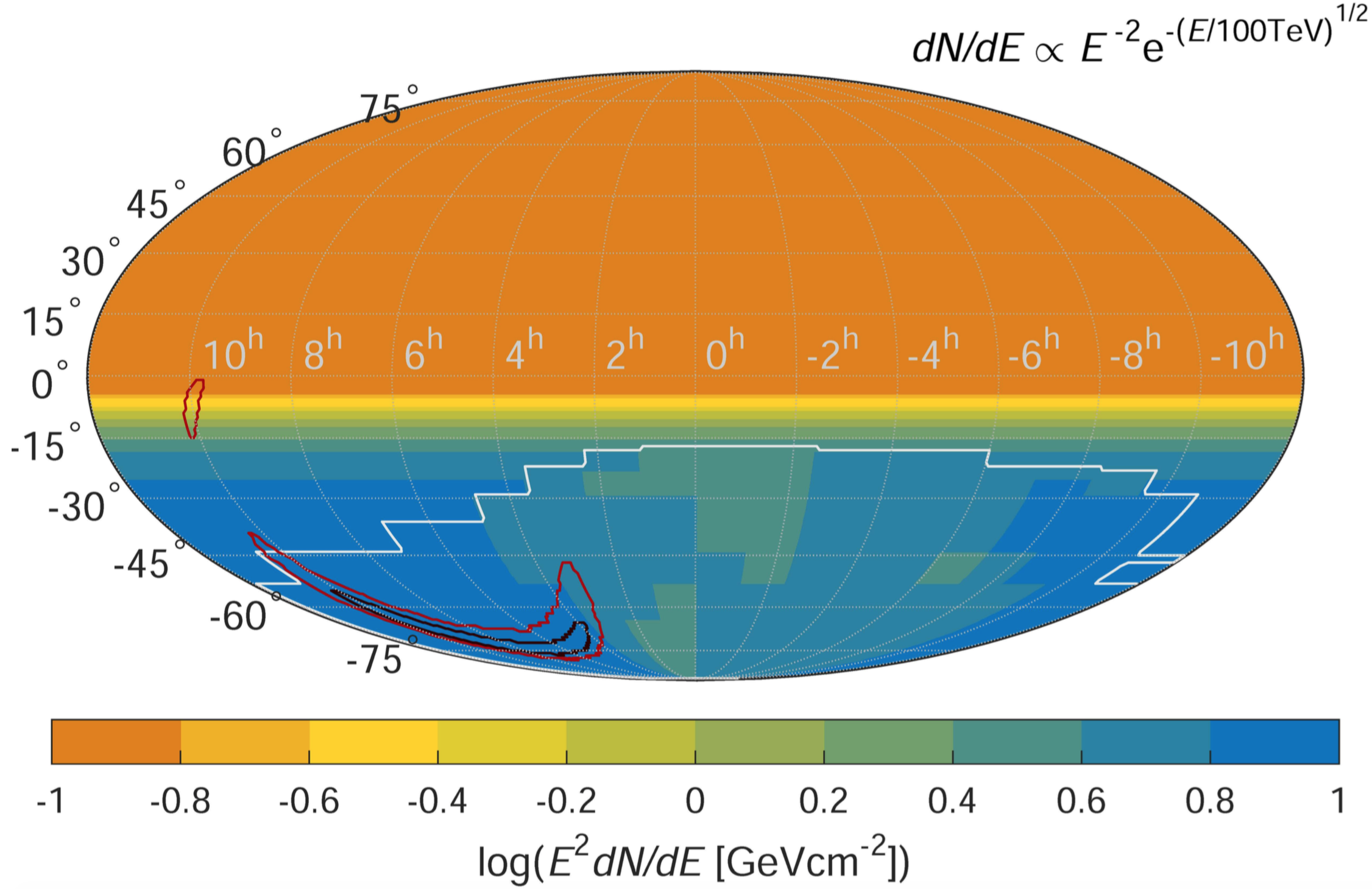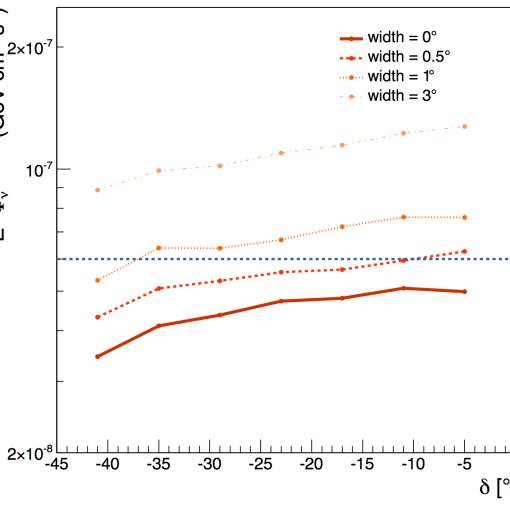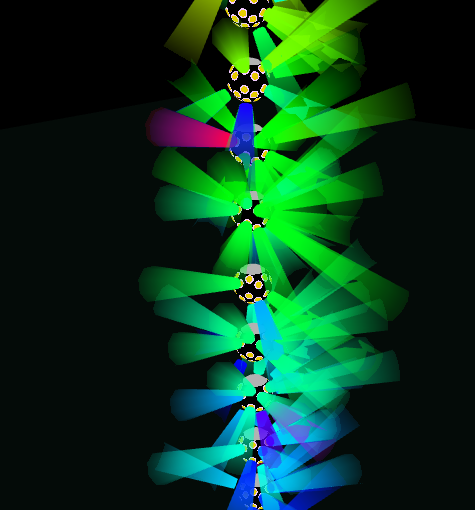On September 14th, 2015 at 9:50:45 UTC, a gravitational wave signal, labelled GW150914, was recorded by the LIGO Hanford (Washington, USA) and LIGO Livingston (Lousiana, USA) detectors. The official announcement of this detection is reported here. The 90% confidence level localization skymap of the potential source covers an area of 590 deg2. The highly significant event (more than 5σ) was likely produced by the merger of two black holes of roughly 30 Sun masses each, at a distance of 410 Mpc.
The ANTARES Collaboration congratulates the LIGO Scientific Collaboration and the Virgo Collaboration for this discovery.
We summarize here the first high-energy neutrino follow-up of a significant gravitational wave detection, i.e. the search for a neutrino emission temporally and directionally coincident with the gravitational wave signal, using the data recorded by the ANTARES and IceCube neutrino telescopes.
The merger of neutron stars and black holes are expected to be significant sources of gravitational waves. Such systems may produced electromagnetic emission and emit high energy neutrinos, if the merger happens in a sufficiently baryon-dense environment, and a black hole+accretion disk system is formed. These high energy neutrinos are detectable by neutrino telescopes such as ANTARES and IceCube, with angular resolutions ≤ 1°. The detection of such neutrinos in coincidence with a gravitational wave event would aid electromagnetic follow-up surveys by providing accurate source directions. Moreover, while high-energy neutrino observations are probing the physics of relativistic outflows, gravitational waves are indicative of the dynamics and formation of the progenitor that drives the outflow.
A high-energy neutrino follow-up search of GW150914 was carried out using the data recorded by ANTARES and IceCube in September 14th, 2015. No neutrino was found temporally and directionally coincident with the gravitational wave event, whereas 3 (0) neutrinos detected by IceCube (ANTARES) were found temporally coincident within 500s of the event, both numbers consistent with background. This non-detection was used to constrain, for the first time, neutrino emission from the gravitational wave transient event.
The obtained limit has been expressed in terms of total energy emitted in neutrinos, and computed both for a E-2 generic spectrum and for a more realistic E-2 spectrum with a cut-off at 100 TeV, with a result, for a source at a distance Dgw :

The following figures show the upper limits on the high-energy neutrino spectral fluence (for muon neutrinos and anti-neutrinos) E2dN/dE as a function of source direction, for the two studied spectra. The region surrounded by a white line shows the part of the sky in which ANTARES is more sensitive. For comparison, the 50% and 90% confidence level contours of the gravitational wave sky map are also shown. ANTARES, mostly sensitive to 3 TeV-1 PeV neutrinos in the Southern hemisphere, constrains well the spectrum with a cut-off (left plot), where IceCube, sensitive to 200 TeV-100 PeV neutrinos in this region of the sky, is more constraining for the generic spectrum (right plot). This nicely illustrates the complementarity of the two telescopes.
 |
 |
Note that multimessenger analyses constraining the common sources of high energy neutrinos and gravitational waves have been carried out in the past, in particular using data taken by ANTARES and Virgo/LIGO in 2007, and were published in JCAP 06 (2013) 006. They constrained for the first time using concomitant observations, the population rate density of joint gravitational wave+high energy neutrino sources. The results reported here represent, in contrast, the first concrete limit on neutrino emission from this kind of gravitational wave source, and the first neutrino follow-up of a significant gravitational wave event.
For the upcoming observation periods of Advanced LIGO-Virgo, similar analyses performed with ANTARES and in the near future with KM3NeT, now under construction in the Mediterranean, will be important to provide constraints on or to detect joint gravitational wave and neutrino sources.
The ANTARES Collaboration is thankful the LIGO Scientific Collaboration and Virgo Collaboration for the rapid sharing of information and the cooperation which allowed this multimessenger analysis.
The publication corresponding to this search will be available soon on ArXiV. A draft version of the paper is available here.
See the Official Press Release by the LIGO and Virgo Collaborations.




